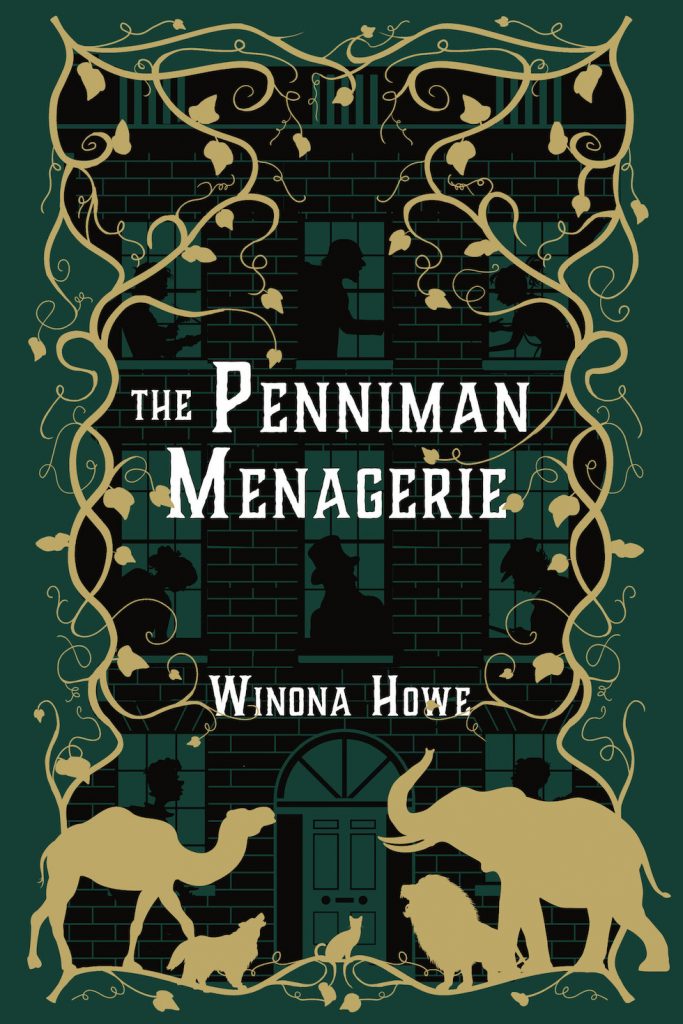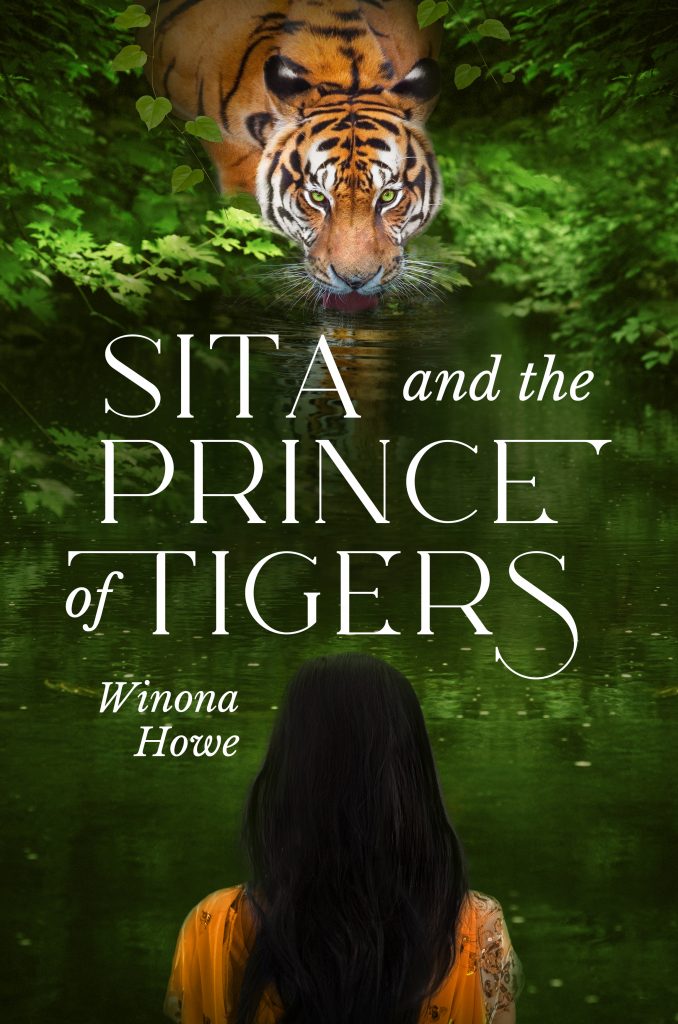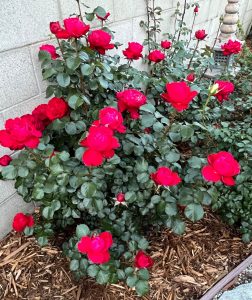 I know that Memorial Day was established to honor those who lost their lives in service to our country, but that wasn’t what Memorial Day meant to our family when I was a child. We didn’t have anyone who fit into that category. Two of my uncles served in the military in World War II. One trained pilots in New Mexico and one was a Seabee in the Pacific; both of them survived the war without a scratch.
I know that Memorial Day was established to honor those who lost their lives in service to our country, but that wasn’t what Memorial Day meant to our family when I was a child. We didn’t have anyone who fit into that category. Two of my uncles served in the military in World War II. One trained pilots in New Mexico and one was a Seabee in the Pacific; both of them survived the war without a scratch.
Our Memorial Day was a day of remembrance for family and friends. We might talk about the ones who had lived far away. But the ones who were buried in Oakdale Citizens Cemetery received a floral tribute. Early in the morning, we picked essentially all the flowers in our garden and put them into buckets of water. Then we made the rounds at the cemetery, beginning with my grandparents. They got the best bouquets, of course. Each of their gravestones had a permanent metal vase, so we would pour water into the vases and select the prettiest flowers from the roses , mock orange, plumbago, lilacs, honeysuckle, bachelor buttons, and big flowering heads from the snowball bush. When their bouquets were finished, we could turn our attention to friends who were also buried in Oakdale Citizens.
, mock orange, plumbago, lilacs, honeysuckle, bachelor buttons, and big flowering heads from the snowball bush. When their bouquets were finished, we could turn our attention to friends who were also buried in Oakdale Citizens.
Now, I must confess this fact: we ranked the order of floral offerings according to how emotionally close we felt to the buried individual(s). This meant that in a bad year for flowers at end of May, some people we had known might get no flowers at all. In all years, as we worked our way down the list, the bouquets (in Mason jars that needed to be picked up later) would be increasingly less full, and the final ones would probably be beginning to droop, as well.
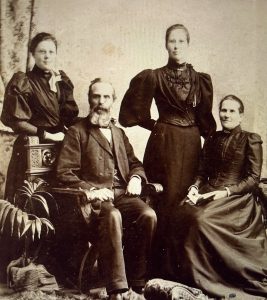 I can only remember one specific family on our list, and I cannot remember their ranking, although I am certain that it was fairly high. The graves of Elder Israel and his family were always on our list, and the Israels were always mentioned with affection and respect. At some point, before 1900, my grandfather had joined the Seventh-day Adventist church. In 1918, he decided to leave his job managing apple orchards in Big Pine, California and look for new opportunities. I do not know how he got in touch with Elder Israel who was living in Oakdale, but he, my grandmother and my mother (a girl of 8) stayed with the retired minister and his two daughters—along with their horses and a cow or two—while Grandpa and Elder Israel surveyed the surrounding area. Certainly, my grandfather knew apple orchards, but apples didn’t seem to be grown in this part of California. He ended up buying an apricot orchard in Hughson, about 20 miles away.
I can only remember one specific family on our list, and I cannot remember their ranking, although I am certain that it was fairly high. The graves of Elder Israel and his family were always on our list, and the Israels were always mentioned with affection and respect. At some point, before 1900, my grandfather had joined the Seventh-day Adventist church. In 1918, he decided to leave his job managing apple orchards in Big Pine, California and look for new opportunities. I do not know how he got in touch with Elder Israel who was living in Oakdale, but he, my grandmother and my mother (a girl of 8) stayed with the retired minister and his two daughters—along with their horses and a cow or two—while Grandpa and Elder Israel surveyed the surrounding area. Certainly, my grandfather knew apple orchards, but apples didn’t seem to be grown in this part of California. He ended up buying an apricot orchard in Hughson, about 20 miles away.
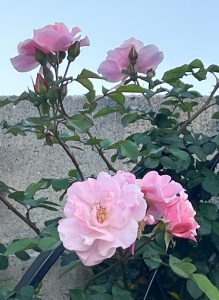 Elder Israel had passed away well before my parents and grandparents moved to Oakdale over 20 years later, although Miss Jesse and Miss May were still alive. I remember looking at pictures of the family as a child—I thought the bearded Elder Israel looked stern—and driving by the Israel family home. And, of course, we visited the family graves every year on Memorial Day. I’m thinking about them this Memorial Day because of a recent discovery.
Elder Israel had passed away well before my parents and grandparents moved to Oakdale over 20 years later, although Miss Jesse and Miss May were still alive. I remember looking at pictures of the family as a child—I thought the bearded Elder Israel looked stern—and driving by the Israel family home. And, of course, we visited the family graves every year on Memorial Day. I’m thinking about them this Memorial Day because of a recent discovery. I was reading an article about church history when my eye was caught by the name Elder M. C. Israel, described as a missionary evangelist, publisher, and administrator in Australia and New Zealand in the late 1800s. Surely, I thought, this can’t be the same man—it can’t be our Elder Israel. But it was! After spending twelve years in that part of the world, the Israels returned to America, eventually retiring in the quiet town of Oakdale, the place where his kindness and aid to my grandparents was never forgotten by our family.
I was reading an article about church history when my eye was caught by the name Elder M. C. Israel, described as a missionary evangelist, publisher, and administrator in Australia and New Zealand in the late 1800s. Surely, I thought, this can’t be the same man—it can’t be our Elder Israel. But it was! After spending twelve years in that part of the world, the Israels returned to America, eventually retiring in the quiet town of Oakdale, the place where his kindness and aid to my grandparents was never forgotten by our family.

